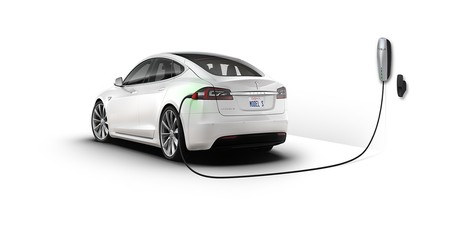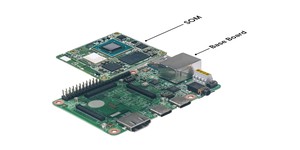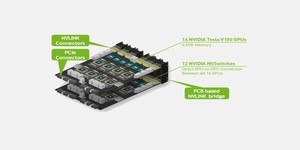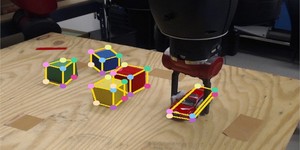Electric car specialist Tesla, one of a group of companies under controversial billionaire Elon Musk's ownership, has confirmed that it is planning to drop the Nvidia processors it currently fits to its vehicles in favour of a homebrew design focused on the requirements of autonomous vehicles.
Founded as Tesla Motors in 2003 by Martin Eberhard and Marc Tarpenning, who were then pushed out of the company by early investor Elon Musk who has since misleadingly styled himself as a company founder, Tesla has been having a rough time of late: The company has struggled to scale its electric vehicle production to meet projections, while those who are receiving their long-awaited vehicles complain of quality issues while its employees cite safety concerns and union busting in their complaints regarding the company.
The company's latest project, though, could have an impact outside the electric vehicle market: a custom-built processor, created to offer highly accelerated performance for the kind of artificially intelligent tasks required of a fully autonomous vehicle.
Where previously Tesla has bought in chips from Nvidia to run its systems, the company has been working on in-house equivalents for the last two years - and claims that its design, due to launch next year if it can stick to its current schedule in a way it has struggled to do in the past, will offer an order of magnitude improvement in performance over Hardware 2, the company's current system based on Nvidia's Drive PX 2 processor - equalling the claimed improvement from Nvidia's successor, the PX2 Pegasus, which is due to launch later this year.
'Two years ago when I joined Tesla we did a survey of all the solutions that are out there for running neural networks, including GPUs,' claims Tesla's Pete Bannon, formerly of Apple where he worked on the company's Arm-based A5 mobile processor, during the company's latest earnings call. 'Pretty much everywhere we looked, if someone had a hammer, whether it was a CPU or a GPU or whatever, they were adding something to accelerate neural networks - but no one was doing a bottom-up design from scratch, which is what we like to do. We had the benefit of having the insight into seeing what Tesla's neural networks looked like back then, and having projections of what they would look like in the future, and we were able to leverage all of that knowledge and our willingness to totally commit to that style of computing to produce a design that is dramatically more efficient and has dramatically more performance than what we have today.'
Details of the new processor have not yet been released, though comments by Musk suggest that the system uses a tile-style layout with on-chip memory to do away with the bottleneck of shuffling data from system memory.

MSI MPG Velox 100R Chassis Review
October 14 2021 | 15:04









Want to comment? Please log in.